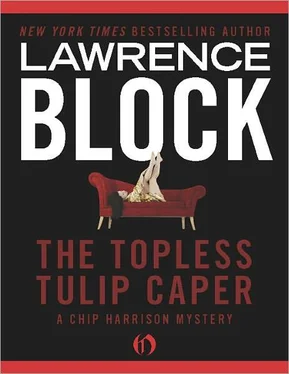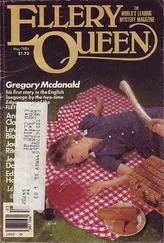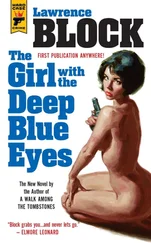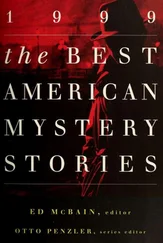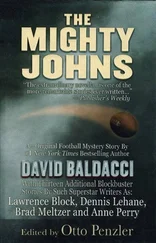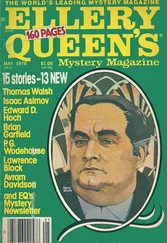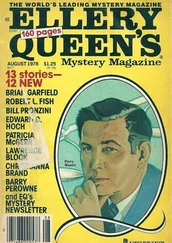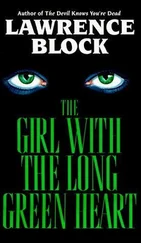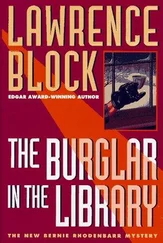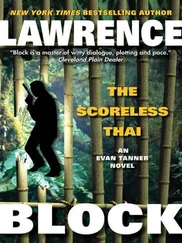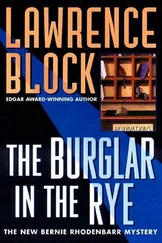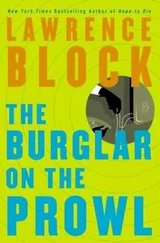And, finally, he’s also the series character in a series with an identity crisis. The first two books are lighthearted, sexy novels of a young man’s coming of age, and the third and fourth are deductive mystery novels. (They’re also lighthearted and sexy.)
Here’s what happened: Sometime in the late 1960s, while I was still living in New Brunswick, New Jersey, I wrote a book I called Lecher in the Rye . The title says it all; it was a Salingeresque romp about a youth’s efforts to acquire sexual experience. A couple of publishers almost bought it, and then one did—Knox Burger at Gold Medal Books. Knox had bought several books from me over the years, but I don’t believe he knew at the time who Chip Harrison was. What did he care? He liked the book, improved the title to No Score , commissioned a great piece of cover art, and sent the book out into the world where it did remarkably well, going into two or three printings.
It did well enough that Gold Medal might have asked for a sequel, but that idea didn’t occur to anyone there. It occurred to me, though, because I enjoyed writing in Chip’s voice and thought it might be interesting to see what he did next. By the time I wrote the second book, my family and I had moved to a farm a mile from the Delaware River where I found it impossible to get any work done. I took an apartment on West Thirty-fifth Street in Manhattan and wrote several books there over a period of a year or so. One of them was Chip Harrison Scores Again . (I don’t remember what I called it, but it wasn’t that.)
I had fun with the book, and Gold Medal was happy with it. Knox Burger had left to set up shop as an agent—some years later I’d become one of his clients—and Walter Fultz took over, and enlisted the same artist to do the cover. But this artist worked from models, and the model she’d used before was now too old for the role. But the guy she picked to replace him was far too tall and worldly to be Chip. It was the cover of No Score that had drawn all those young female readers, and the sequel didn’t sell nearly as well.
Oh well.
A few years later my marriage was over and I was living by myself on West Fifty-Eighth Street, around the corner from what would soon become Matthew Scudder’s hotel. And I remembered how I’d enjoyed writing as and of Chip Harrison, but how could he go on coming of age? One bildungsroman per character is generally enough. Two is really pushing it. Three is out of the question.
And how could I let Chip age? His youth and naïveté were part of his charm. Without them he was just a gnarly guy who didn’t get laid as much as he’d have liked to, and if I wanted that all I had to do was look in the mirror.
But suppose he went to work for a private detective. And suppose the guy was a poor man’s Nero Wolfe, a sort of road company Nero Wolfe. Suppose he was a great reader of mysteries who idolized Nero Wolfe and—yes!—believed that Wolfe really existed and that he might someday so distinguish himself as to be invited to dine at Wolfe’s table.
And Chip, who had presumably actually written No Score and its sequel, would be hired not merely to play Archie Goodwin to this fellow, but to write up the cases and publish them.
Worked like a charm. And it allowed Chip to remain the same age forever, because that’s what fictional private eyes do. They remain forever young. There’s a passage somewhere—it may be in one of the two Chip Harrison stories—in which Leo Haig tells young Chip to be grateful for his profession, as it’s as good as a dip in Ponce de Leon’s fountain.
Or words to that effect.
I called the first Chip Harrison mystery The Cornish Chicks Score . Gold Medal seemed to like having “score” in the title, and that would do it. The five sisters in the story were of Cornish descent, and this title would play on the Cornish game hen, that fancy chicken Victor Borge was raising for the American dinner table.
So they called it Make Out with Murder . Well, OK. Then a few years later Allison & Busby, a UK firm, brought out a hardcover edition and called it Five Little Rich Girls . That’s a whole batch of titles and I can’t say I’m crazy about any of them, but it’s been Make Out with Murder more often than not, so that’s the name it will continue to bear in its new life as an ebook.
Ah well. I’m older than I was when I began writing as and about Chip, and, in all likelihood, Dear Reader, so are you. Almost everybody is.
But not Chip. He hasn’t aged a day.
—Lawrence Block
Greenwich Village
Lawrence Block (lawbloc@gmail.com) welcomes your email responses; he reads them all, and replies when he can.
A Biography of
Lawrence Block
Lawrence Block (b. 1938) is the recipient of a Grand Master Award from the Mystery Writers of America and an internationally renowned bestselling author. His prolific career spans over one hundred books, including four bestselling series as well as dozens of short stories, articles, and books on writing. He has won four Edgar and Shamus Awards, two Falcon Awards from the Maltese Falcon Society of Japan, the Nero and Philip Marlowe Awards, a Lifetime Achievement Award from the Private Eye Writers of America, and the Cartier Diamond Dagger from the Crime Writers Association of the United Kingdom. In France, he has been awarded the title Grand Maitre du Roman Noir and has twice received the Societe 813 trophy.
Born in Buffalo, New York, Block attended Antioch College in Yellow Springs, Ohio. Leaving school before graduation, he moved to New York City, a locale that features prominently in most of his works. His earliest published writing appeared in the 1950s, frequently under pseudonyms, and many of these novels are now considered classics of the pulp fiction genre. During his early writing years, Block also worked in the mailroom of a publishing house and reviewed the submission slush pile for a literary agency. He has cited the latter experience as a valuable lesson for a beginning writer.
Block’s first short story, “You Can’t Lose,” was published in 1957 in Manhunt , the first of dozens of short stories and articles that he would publish over the years in publications including American Heritage , Redbook , Playboy , Cosmopolitan , GQ , and the New York Times . His short fiction has been featured and reprinted in over eleven collections including Enough Rope (2002), which is comprised of eighty-four of his short stories.
In 1966, Block introduced the insomniac protagonist Evan Tanner in the novel The Thief Who Couldn’t Sleep . Block’s diverse heroes also include the urbane and witty bookseller—and thief-on-the-side—Bernie Rhodenbarr; the gritty recovering alcoholic and private investigator Matthew Scudder; and Chip Harrison, the comical assistant to a private investigator with a Nero Wolfe fixation who appears in No Score , Chip Harrison Scores Again , Make Out with Murder , and The Topless Tulip Caper . Block has also written several short stories and novels featuring Keller, a professional hit man. Block’s work is praised for his richly imagined and varied characters and frequent use of humor.
A father of three daughters, Block lives in New York City with his second wife, Lynne. When he isn’t touring or attending mystery conventions, he and Lynne are frequent travelers, as members of the Travelers’ Century Club for nearly a decade now, and have visited about 150 countries.
«——THE END——»

